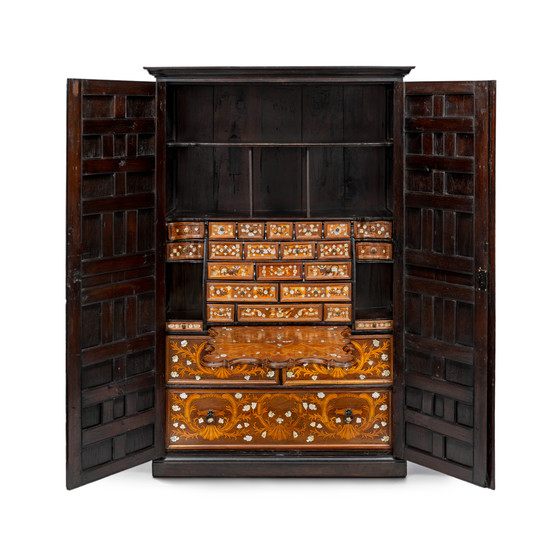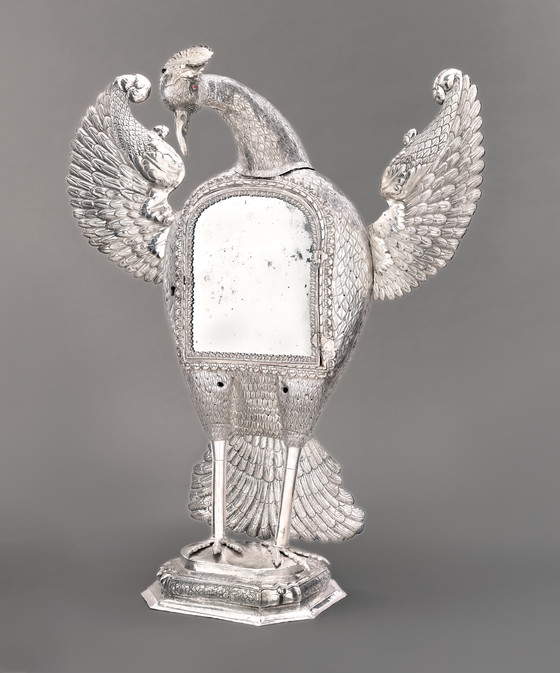Spanish Colonial Art
119 records
The collection of Spanish colonial art presents the artistic achievements of Latin America, from Columbus’s first encounter with the people of the Caribbean through the region’s independence movements and the subsequent formation of nation states. In 1492, Columbus’s world-changing voyage joined the vast network of trade routes between Asia, Europe, and Africa to the sophisticated system of trade and interaction that already existed in the Americas. Not long after, Portugal colonized Brazil, and Spain created the viceroyalties of New Spain (present-day Mexico and Central America) and Peru (present-day South America except for the southern region and Brazil). With the blessing of the pope, the Spanish and Portuguese monarchs began converting the indigenous peoples to Christianity, and set up new administrative, juridical, and economic systems. Before the end of the sixteenth century, trade with Japan and China was established via the Spanish colony of the Philippines and the Manila galleons. Complex multiracial societies developed as Amerindians, Europeans, Asians, and Africans (who accompanied the early European expeditions as slaves) mixed.
The various forms of art produced throughout Latin America reflect the seminal changes in the development of new identities. The swiftness with which Europeans established themselves in the New World prompted a huge demand for artistic creations, especially with the founding of large religious institutions. Both fine and decorative arts flourished, reflecting the convergence of native and foreign traditions.
- Ilona Katzew, 2008
The various forms of art produced throughout Latin America reflect the seminal changes in the development of new identities. The swiftness with which Europeans established themselves in the New World prompted a huge demand for artistic creations, especially with the founding of large religious institutions. Both fine and decorative arts flourished, reflecting the convergence of native and foreign traditions.
- Ilona Katzew, 2008


